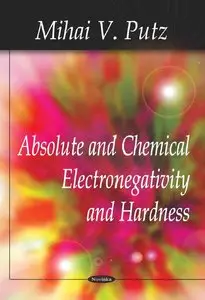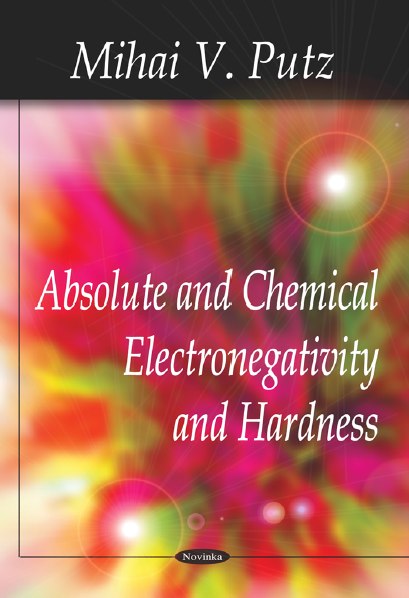Absolute and Chemical Electronegativity and Hardness
by Mihai V. Putz
English | 2011 | ISBN: 1604569379 | 91 pages | PDF | 2.96 MB
by Mihai V. Putz
English | 2011 | ISBN: 1604569379 | 91 pages | PDF | 2.96 MB
Systematic formulations of absolute and chemical electronegativity and hardness are analysed among the local and non-local electronic density contributions in the frame of density functional theory. It is analytically proved that in all proposed cases can be founded the proper conditions within the absolute and chemical formulations to equalise. There appears that a new variational concept and term named as chemical action plays the unifying role among the quantum fluctuations of electronegativity and hardness at whatever level of atomic and molecular structural information. The power of these proofs consists in bypassing the knowledge of the total energy density functional. This way there was emerged out the new concepts of HOMO and LUMO chemical actions that neglecting the correlation-exchange terms account as the potential chemical works of the valence shells when exchanging electrons with the environment.As an application the associated atomic electronegativity, hardness and chemical action scales are computed and discussed for each unified quantum picture with the help of Slater orbitals. The so called bosonic electronegativity and hardness characterising the fermionic-bosonic mixtures on valence states emerge out and their associate atomic scales are computed. It follows that they display periodic albeit inverse trends than those expected from pure fermionic behaviour. This approach may be found most useful when explaining the Bose-Einstein condensates and superconductivity of atoms through electronegativity and hardness concepts. Extension to molecular systems is prospected by employing the recursive rules for electronegativity and hardness abstracted from electronegativity equalisation principle combined with electronegativity-hardness invariant.In this molecular framework the unified forms of electronegativity and hardness are used to complete the proposed bonding scenario based on equality and inequality electronegativity and hardness reactivity principles for a specific series of Lewis bases. New index for checking the maximum hardness condition is formulated and applied as well. This way, the complete set of global electronegativity-hardness indicators of reactivity of atoms and molecules for various physico-chemical conditions is formulated in an elegant analytical manner within the conceptual density functional theory.
Please No mirrors.



